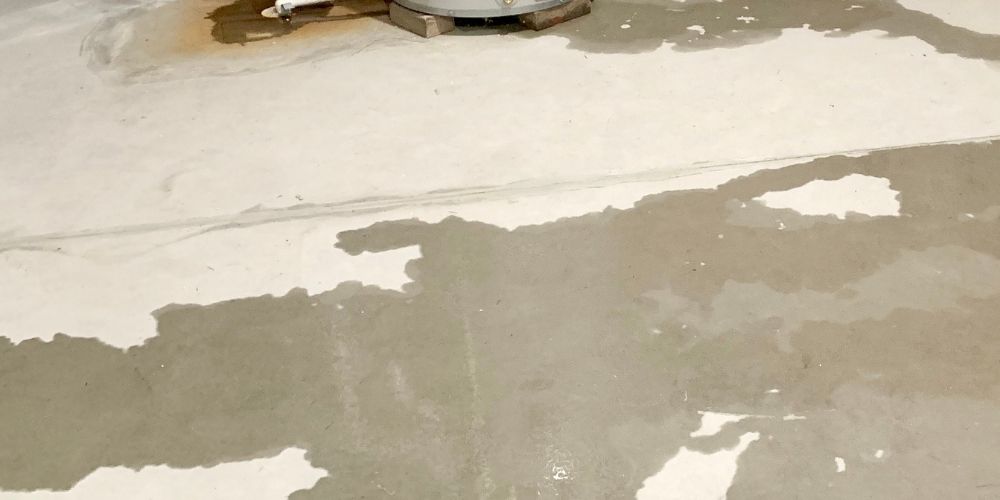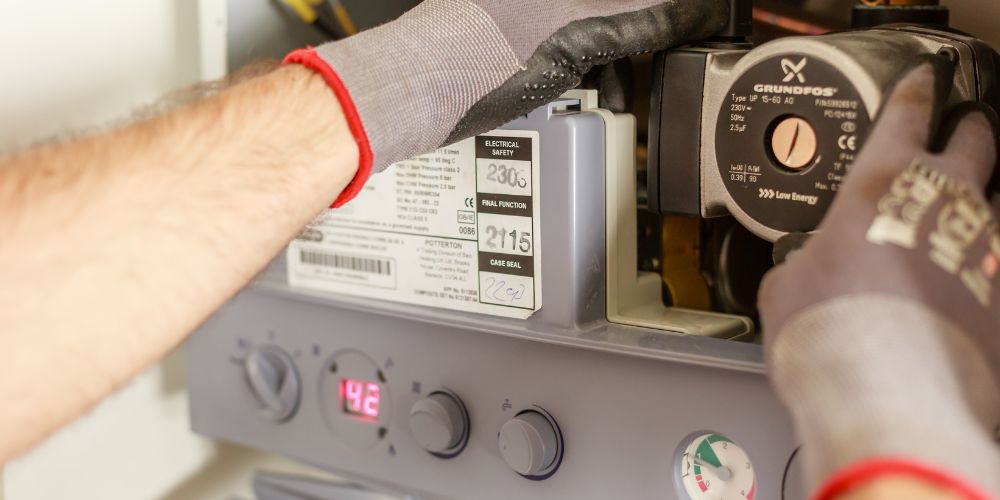You remember that terrible experience when you are about to take a hot shower and the water is hardly warm? Yeah, that’s frustrating. Typically, this is because limescale has accumulated in your tankless water heater.
The way this works is as follows: hard water minerals gradually block up your system. At first, you do not notice it, but in due course, your heater cannot perform as well as it should.
The U.S. Department of Energy does not state that regular scaling improves water heater efficiency by up to 30%; instead, it recommends removing scale to maintain efficiency, as scale buildup reduces a water heater’s efficiency and can damage the unit. Removing scale, often through flushing the tank, helps the water heater work less hard to heat water, which conserves energy and can extend its lifespan.
Your utility charges begin to rise, and the entire unit will not even last as long as it was expected to. The good news? A tankless water heater can be self-cleaned. It is not very complicated, and it will put your system back to work as though it were new.
How Tankless Water Heaters Work?
Tankless water heaters heat water only when you need it — no storage tank required. When you turn on a hot water tap, cold water runs through a heat exchanger, where either a gas burner or an electric water heater element quickly raises the temperature to your desired level.
The heated water then flows straight to your faucet, giving you an endless supply of hot water. Since it heats on demand, this system saves energy by eliminating the standby heat loss common in traditional tank-style heaters.
Want to understand this process in more detail? Check out our blog for a deeper look at how tankless water heaters work and why they’re becoming a top choice for modern homes.
How Often Should You Clean a Tankless Water Heater?

The majority of plumbers will inform you to wash your tankless water heater once a year. But that’s just a baseline. You will do it twice a year, say every six months, when you live in a place where the water is hard (a large number of people do).
Tankless water heater maintenance is like oil changes for your car. You can’t just ignore it
No idea whether or not you have hard water? The next time you come to the hardware store, grab a test kit. They’re cheap and easy to use. The more difficult your water, the more you have to wash.
Tools and Supplies You’ll Need
This does not require a great deal of fancy equipment.
1. Basic Cleaning Kit
To clean a tankless water heater, you will need to get the following equipment:
-A submersible pump (they are available in home improvement stores).
-Two washing machine hoses.
-A 5-gallon bucket.
-White vinegar or descaling solution (vinegar is cheaper and also does the same job).
2. Safety Equipment
Wear gloves and safety glasses.
3. Optional But Helpful
You can have a simple wrench kit and screwdriver to make it less difficult when addressing the valves.
How to Clean a Tankless Water Heater: Step-by-Step Guide?
Alright, let’s get into it. It does not require much effort, yet it must be done in a specific order.
Step 1: Turn Off Power and Water Supply

Turn everything off before you start. Flip the breaker for electric heaters, or turn off the gas valve for gas units. Then shut off the hot and cold water valves.
Before doing this, it’s also good to know whether you’re working with an electric or gas tankless system, since each type has slightly different shut-off and safety procedures — something worth considering when deciding which unit best fits your home’s needs.
Step 2: Drain the Unit
Now hook up the hoses to the water heater. One is on the cold water service valve, the other on the hot water. Find the purge valves–they have T-shaped handles that are easy to identify. Open them and pour out whatever water there is in them into your bucket.
Also read about, How to Test a Water Heater Element?
Step 3: Prepare the Cleaning Solution
Take your 5-gallon bucket and pour white vinegar into it. Insert your submersible pump into the bucket and attach it to the hose that goes to the supply of cold water.
Step 4: Circulate the Solution
Turn on the pump and let it run. You will even see the vinegar getting dirty in the line of service. That cloudy stuff? It was all the gunk that was stuck in your heater.
Step 5: Rinse and Refill
One hour later, empty your dirty vinegar and wash your bucket. Add clean water, and again resort to the pump in another 10 or 15 minutes.
Step 6: Restart and Test
You’re almost done. Switch the power (or gas) on again and allow your heater some time to warm up. Turn on a faucet on hot to ensure that everything is working.
When to Call a Professional
If you notice leaks, strange noises, or inconsistent water temperature even after cleaning, it might be time to call a professional plumber. The experts at PlumbSmart specialize in tankless water heater repair and maintenance to ensure your system stays in top condition.
Also read, What Size Tankless Water Heater Do I Need?
Common Mistakes to Avoid During Cleaning
Many people do this wrong in several ways. Here’s what to watch out for.
- Others believe that they can hurry the process by running the descaling solution, and it only takes 20 or 30 minutes to do so. Don’t do that. Limescale is stubborn. Allow it to dissolve for the entire 45- to 60-minute period.
- Another mistake? Skipping the rinse. It only takes an extra 15 minutes to rinse it off using clean water.
- Don’t mess around with harsh chemicals either. White vinegar or manufacturer-approved descaling solutions only
Wrapping Up
Ok, it is not the most interesting thing you will do; however, cleaning your tankless water heater does matter. Regularly do it, and your heater will perform better, last longer, and you will not see your energy bill continue to increase.
You need some assistance, but you do not want the hassle of locating someone whom you can trust. PlumbSmart provides great and reliable tankless water heater services to ensure that you have hot water whenever needed.





